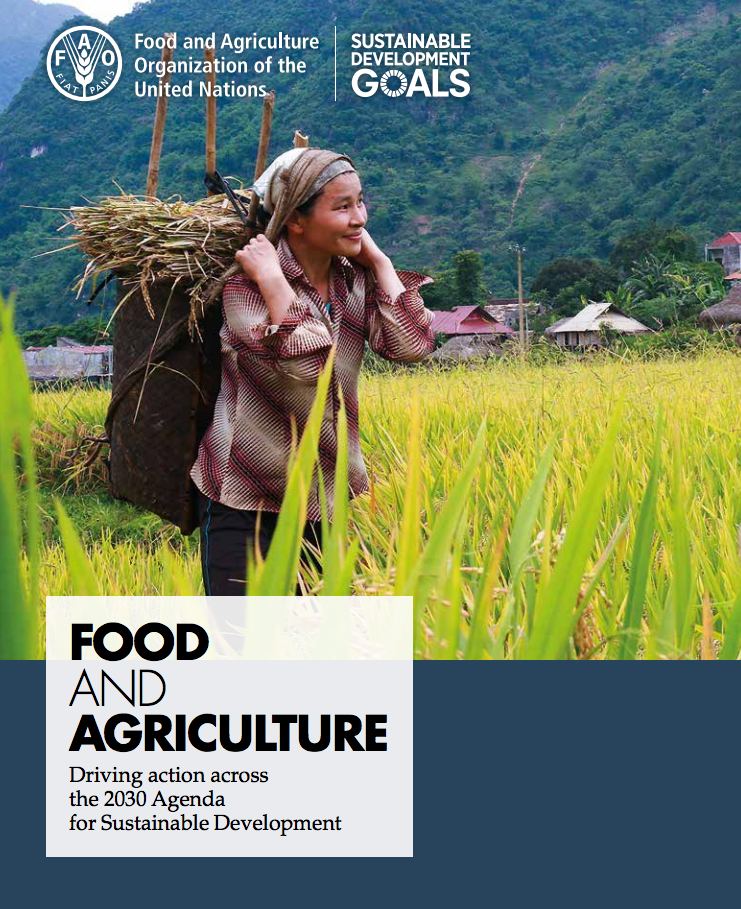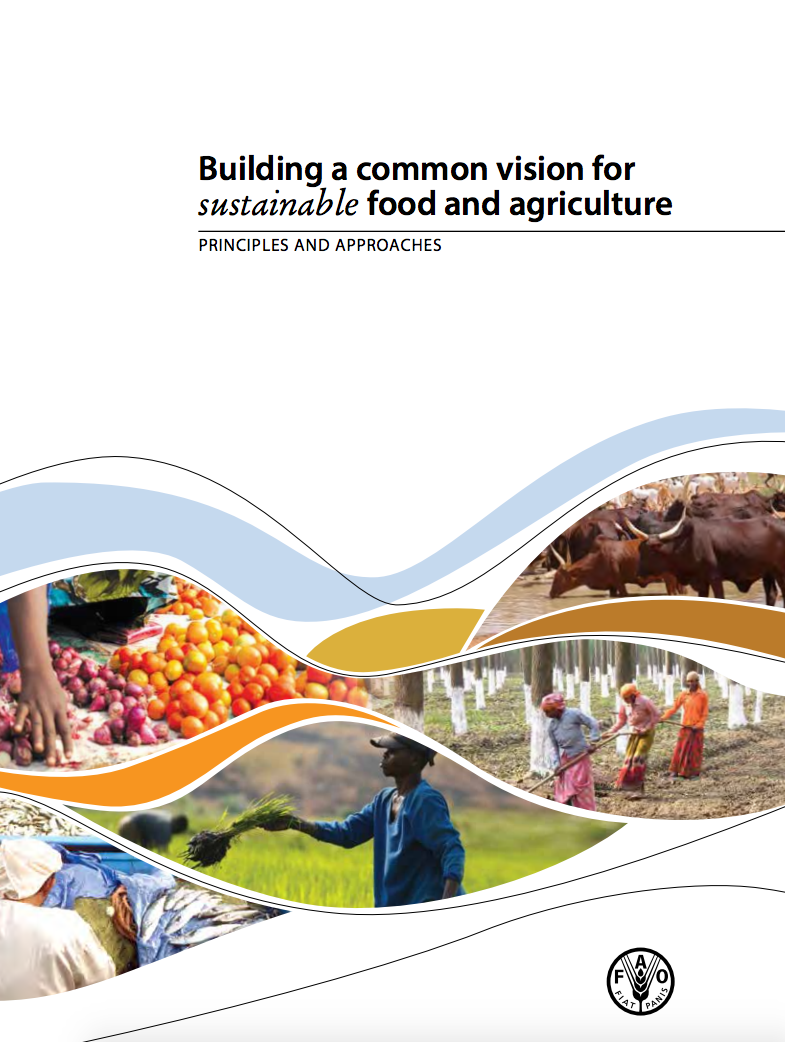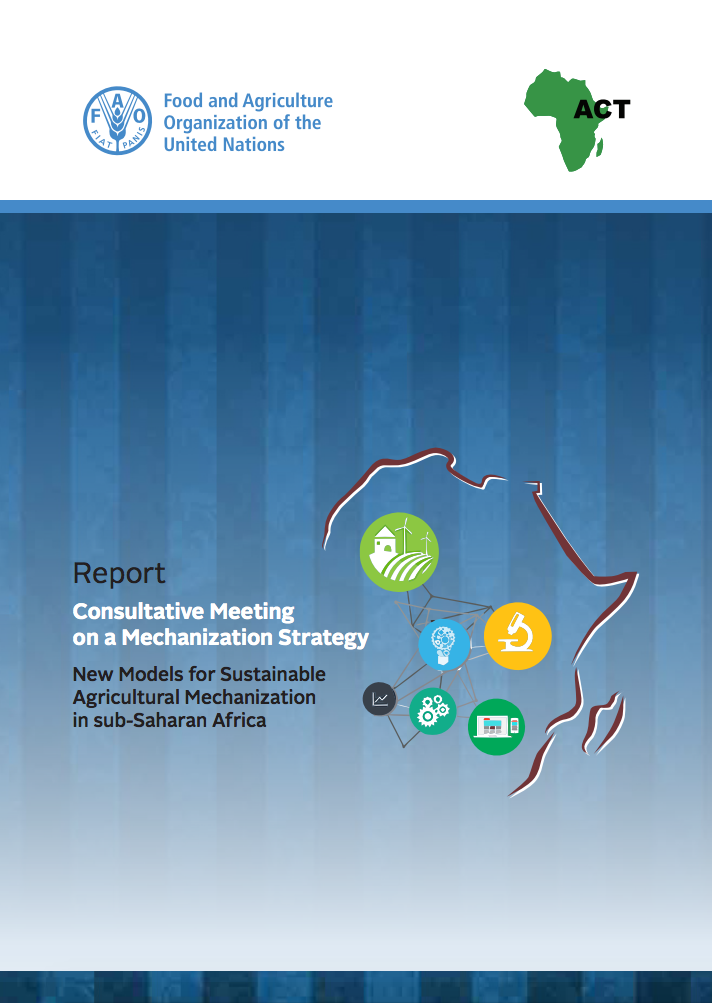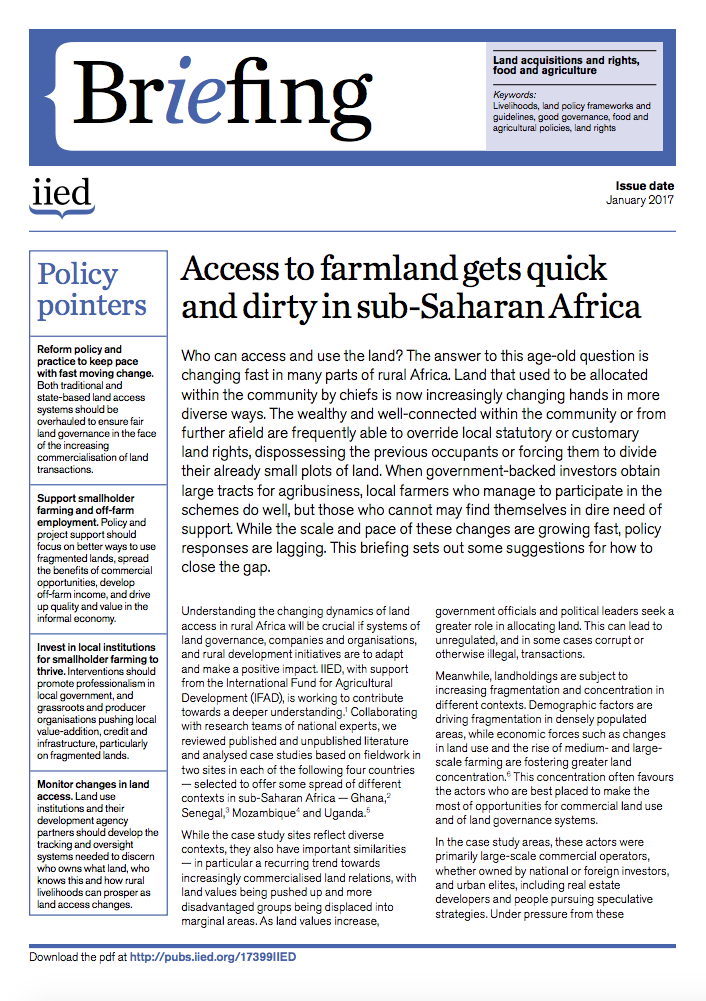Influence of tillage on maize yield in soil with shallow fragipan
A genuine concern for landowners and other stake holders is whether conservation tillage contaminates shallow groundwater even though it greatly reduces erosion. A six-year continuous maize (Zea mays L.) study that compared yields from no-tillage (NT), reduced-tillage (RT), and conventional-tillage (CT) was conducted in the upland hills of northern Mississippi on 4–6% sloping soils overlying a shallow fragipan.







